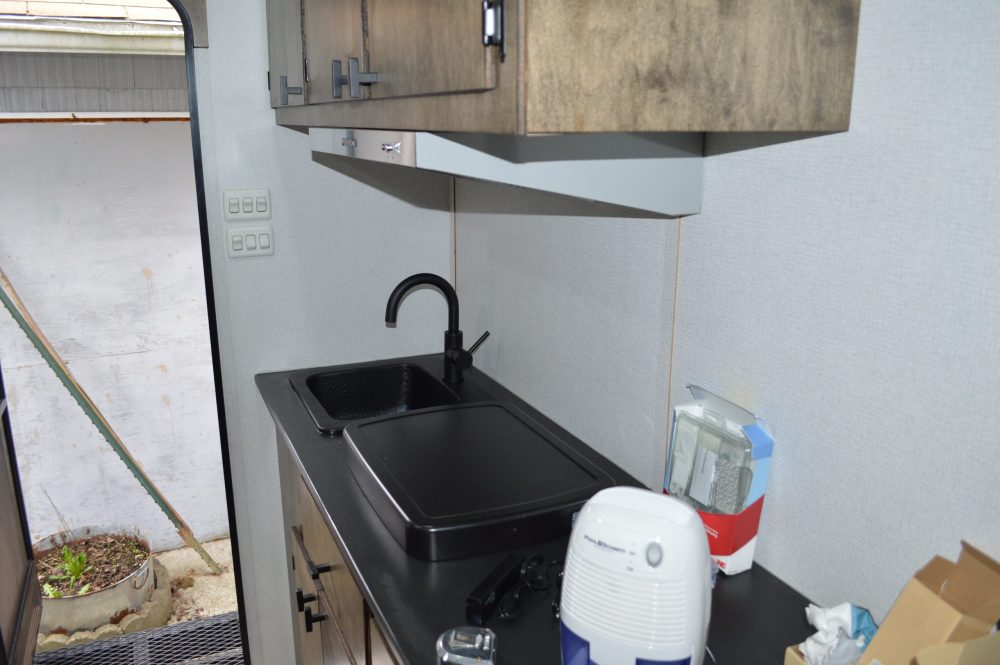What is RV Living? What is the RV lifestyle? The phenomenon has greatly increased in the last ten years and, in particular, during the COVID years of 2020 and 2021. In fact, the greatest increase in RV manufacturing occurred in 2021, and currently supply cannot keep up with demand.
Since this seems to be a revival of a very old way of life, I thought we would take a closer look at RV Life to gain a better understanding of it, and that’s what I’ll do in this article.
Various sub-categories of RV Living
Let’s break this main subject matter into sub-categories, which would include the following:
- Part-time RVing for vacationing and relaxation
- Full-time RVing, living on the road 24/7, 365, the present-day nomads
- RVing out of necessity due to poor economic conditions
Let’s take a closer look at each of these.
Part-time RVing
This category is what RVing was originally designed to do. The little family hooked up a travel trailer, or loaded the truck camper, or hopped in their travel van (Class B) and took off on vacation, either for the weekend or for a prolonged stay of a week or more, traveling around, seeing the sites, or zeroing in on one location and camping there for multiple days.
This type of RV travel gained great popularity during the 50’s, especially after the Interstate Highway system was built. Suddenly, with high-speed freeways, faraway locations were much closer and more accessible, and families took to those freeways by the tens of millions in the 50’s and 60’s.
Who can forget the VW Vans, painted in wild colors, loaded with free-spirited teens, on the way to Woodstock, or the movie “The Long, Long Trailer” with Lucy and Desi?
There was a dip in RV popularity for a couple decades after the 70’s, for whatever reason, be it the spike in gasoline costs or a poor economy or the declining buying power of the lower-and middle-classes.
Full-time RVing
Full-time RVing is exactly what it sounds like, living in an RV year-round, or a majority of the time, and the number of people doing this, in the United States, greatly increased in the 2020’s. YouTube is flooded with travel sites devoted to these full-time RVers, or hosted by them, chronicling their travels, and discussing their way of life and quality of life.
Some of these full-timers have enough in savings and retirement funds to easily pay for this nonstop way of road life. Others, nicknamed nomads, drive their RV’s from work site to work site, following the seasonal jobs in the U.S., working in national parks during tourist season, or working as migrant farm workers, or a variety of other part-time jobs, to pay for their road way of life.
RVing out of necessity
And then there is the bottom of the RV spectrum, those who simply park their RV on a city street, or some vacant lot, and live “rent free” out of their RV while they simply try to survive economically, and this number has greatly increased since COVID, a very vivid reminder of the poverty in this country, seen in every major city across the United States.
The future of RV Living
I suspect, and this is only my opinion, that the popularity of RVing will be cyclical, like so many other things in life. The current popularity of RV travel and RV life will continue for a number of years and then, for a variety of reasons, it will decrease in number, replaced by the newest lifestyle hot ticket.
All I know, for sure, is that my wife and I just purchased a new travel trailer, an Elusive Lo Pro, and we plan on extensive traveling in 2022 and beyond, the good Lord willin’ and the creek don’t rise, as mu dad was fond of saying.
